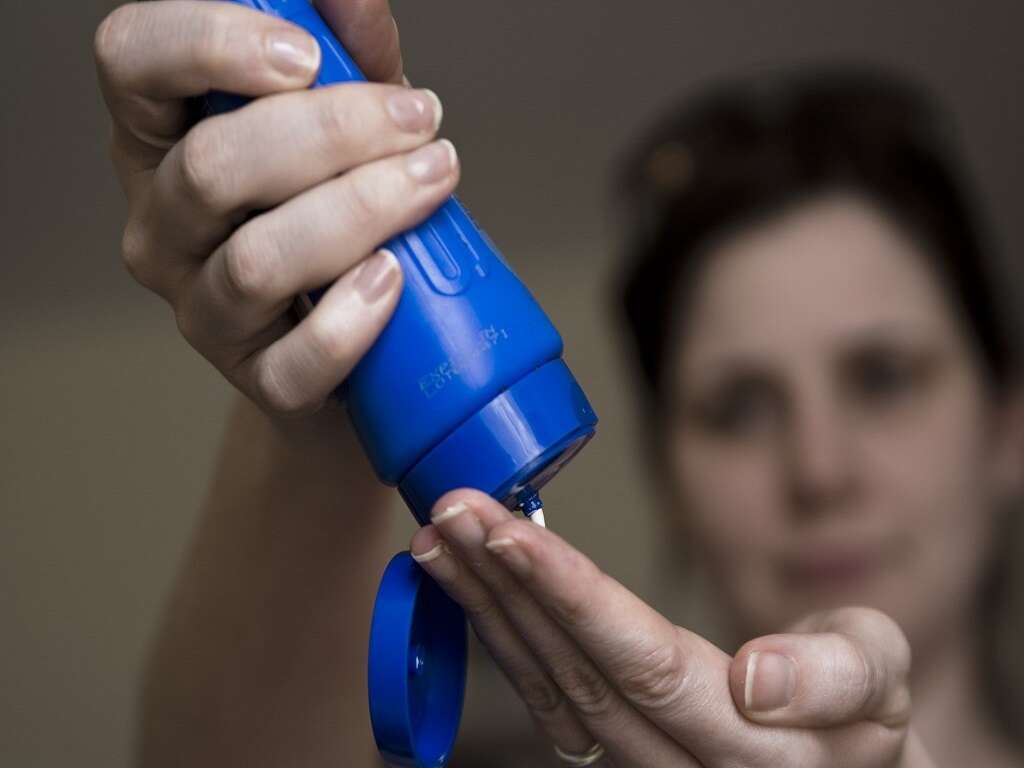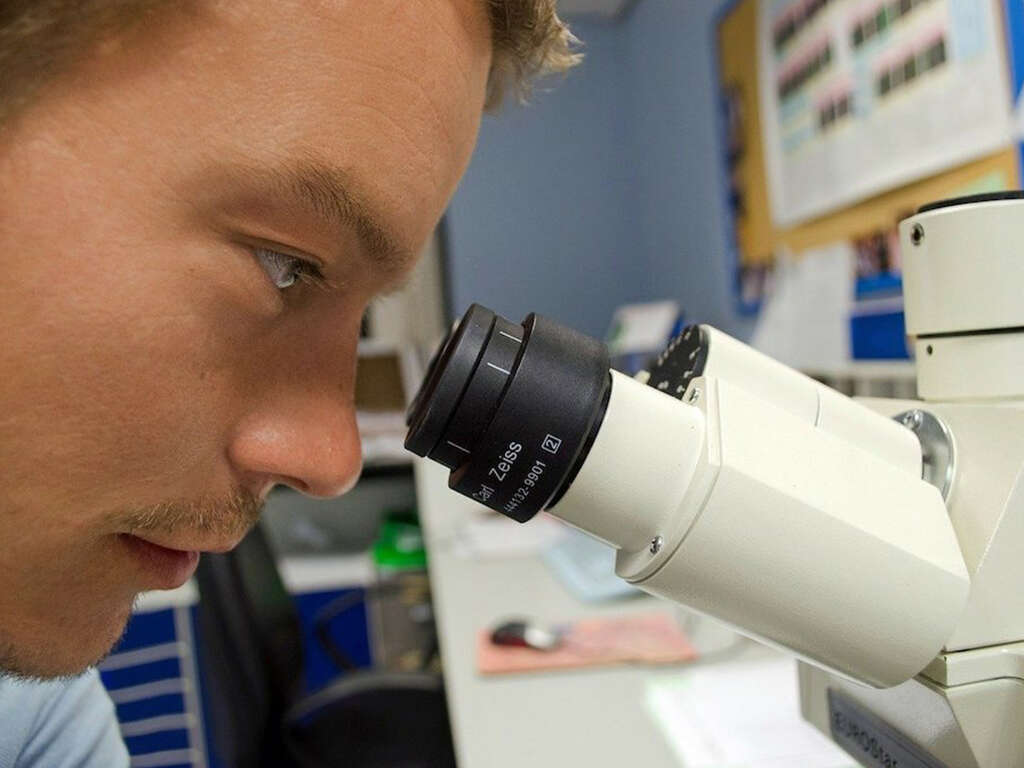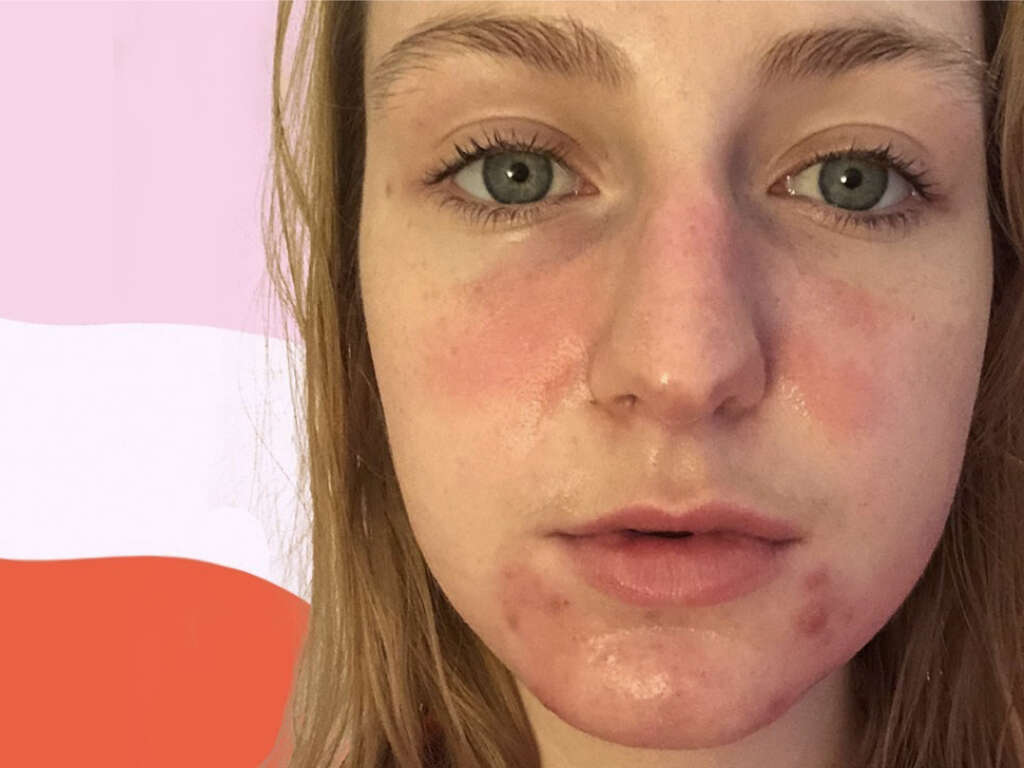10 Causes of Paresthesia
Paresthesia refers to an abnormal sensation on the skin that occurs without any apparent cause, such as burning, prickling, tingling, or numbness. Paresthesia can be chronic or transient with varying underlying causes. Paresthesia is usually painless.
While it can occur anywhere, paresthesia most commonly occurs in the extremities such as the feet, legs, arms, and hands. The most common kind of paresthesia is often referred to as “pins and needles” or when a limb has “fallen asleep.” Although most paresthesia resolves on its own, persistent paresthesia should be investigated. A nerve conduction study and computed tomography scan can be useful to rule out causes and help with diagnosis.
The treatment of paresthesia depends on the underlying cause and may involve the use of intravenous gamma globulin, prednisone, gabapentin, antiviral medications, and numbing creams.
Cause #1: Hyperventilation Syndrome
Hyperventilation syndrome can be physiological or psychological. It happens when breathing is too rapid or too deep. Patients who hyperventilate can experience chest pain and paresthesia around the mouth and fingertips. It can also accompany a panic attack.
While those affected may feel that they are unable to get enough air, they still have normal values of oxygenation in the arterial blood. However, hyperventilation reduces the delivery of oxygen to the vital organs due to the low levels of carbon dioxide that results in vasoconstriction.
Cause #2: Pressure-Induced Paresthesia
Pressure-induced paresthesia is perhaps the most common cause of paresthesia that is experienced by individuals of all ages. It is temporary, such as a feeling of pins and needles. It could also be described as a buzzing feeling in the affected part of the body.
It occurs when there is sustained pressure on a nerve. It usually occurs when one is sitting with their legs crossed for a prolonged duration. It also commonly happens when a person falls asleep with an arm crooked under the head. Once the pressure is relieved, the paresthesia eventually disappears.
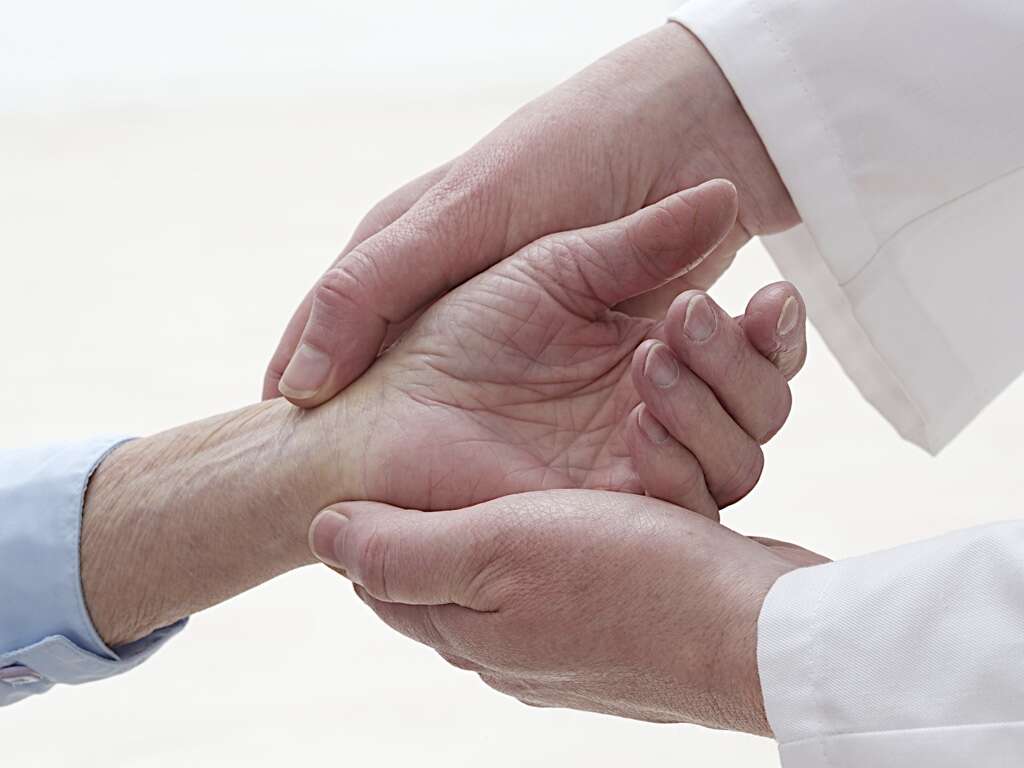
Cause #3: Reactive Hyperemia
Reactive hyperemia is the temporary blood flow increase after a brief episode. During ischemia, the body part has a buildup of metabolic waste and oxygen shortage.
Reactive hyperemia is a common consequence of Raynaud’s phenomenon where the vasospasm results in ischemia and necrosis of the affected tissue. There is then an increase in blood flow as an attempt to remove waste and clear cell debris. Reactive hyperemia may be accompanied by paresthesia.
Cause #4: Peripheral Artery Disease
Peripheral artery disease is a disorder where there is narrowing of arteries besides those in the heart (coronary artery disease) or brain (cerebrovascular disease). It most commonly affects the legs, resulting in leg pain when walking (intermittent claudication), cold skin, bluish skin, skin ulcers, and abnormal hair or nail growth.
Paresthesia is also a possible symptom due to poor circulation in the limbs. Without a proper supply of nutrients and oxygen from the blood vessels, the nerve cells are unable to send proper signals to the brain. Risk factors for peripheral artery disease include diabetes, cigarette smoking, high blood pressure, high cholesterol, and kidney issues.
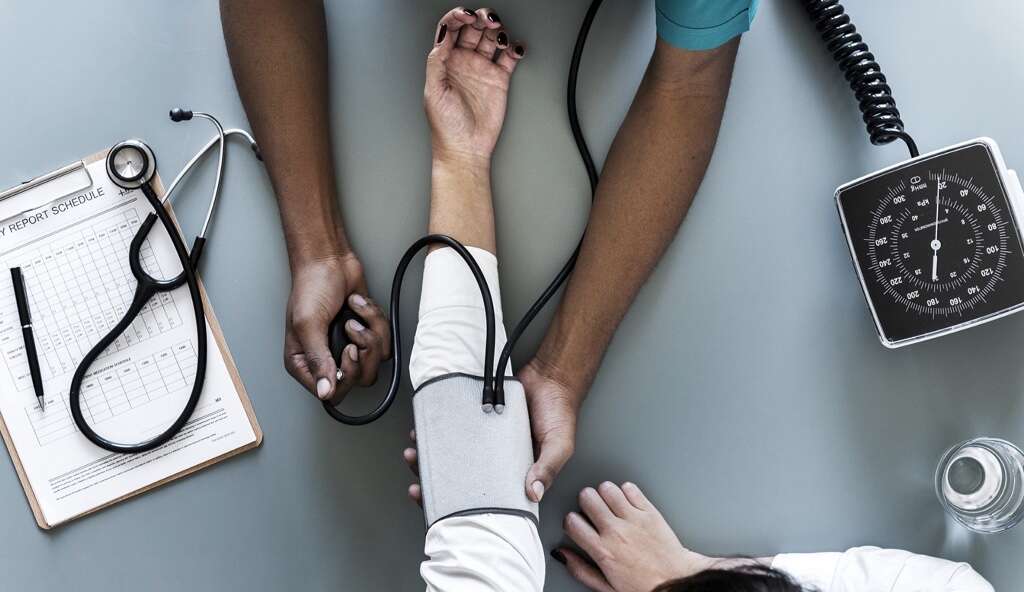
Cause #5: Vitamin Deficiency or Malnutrition
Vitamin deficiency occurs when there is long-term deficiency of a vitamin. When it occurs due to inadequate nutrition, it is a primary deficiency. When it is due to another disorder such as malabsorption, it is a secondary deficiency.
Different vitamin deficiencies result in different conditions. For example, vitamin A deficiency causes keratomalacia, thiamine deficiency leads to beriberi or Wernicke-Korsakoff syndrome, and niacin deficiency causes pellagra. Paresthesia can occur in vitamin deficiency and malnutrition as the nerve cells are unable to receive proper nutrients and can no longer function normally.
Cause #6: Hypothyroidism
Hypothyroidism occurs when the thyroid hormone levels drop due to underproduction. It can cause symptoms such as tiredness, inability to tolerate the cold, depression, constipation, and weight gain. In pregnant women, untreated hypothyroidism can result in delayed intellectual development in the baby.
The most common cause of hypothyroidism globally is due to iodine deficiency. The most common cause of hypothyroidism in countries that has enough iodine in the diet is autoimmune. Salt iodization has helped with prevention of hypothyroidism in many populations. Hypothyroidism can be treated with levothyroxine. Hypothyroidism can lead to peripheral neuropathy causing paresthesia.

Cause #7: Rheumatoid Arthritis
Rheumatoid arthritis is a chronic autoimmune disorder that mostly affects the joints. The affected joints are painful, swollen, stiff, and warm. Symptoms are worse after rest. It most commonly affects the hands and wrists. Affected joints are often symmetrical. Since it is a systemic disease, besides the joints, it also affects the lungs and heart, causing inflammation. It can also cause anemia, fatigue, and fever.
Symptoms usually develop progressively. This disorder is believed to occur due to a combination of genetic and environmental factors. Treatment goals include pain relief, decreasing inflammation, and improving or maintaining joint function. Irritation to the nerve due to inflammation can lead to paresthesia.
Cause #8: Frostbite
Frostbite occurs when there is exposure to low temperatures, causing the skin and tissues to freeze. The earliest symptom is numbness of the skin followed by a white or bluish discoloration. Blistering and swelling may also occur.
The most common affected sites are the hands, feet, and face. Individuals with frostbite may also experience hypothermia or compartment syndrome. Those at risk include homeless individuals, military personnel, and winter sports enthusiasts. Injury occurs due to the blood clots and ice crystals that are in the blood vessels after thawing. Paresthesia may be present during frostbite and thawing.

Cause #9: Multiple Sclerosis
Multiple sclerosis is a disorder where there is demyelination. This means that the insulating covers of the nerve cells are damaged, leading to disruption of the nervous system’s ability to communicate. This can result in physical, mental, and psychiatric issues.
Patients often experience double vision, blindness, weakness, and coordination problems. There can be episodes of flaring and remission. However, neurological issues often become permanent as the disease advances. There is no cure, but treatment aims to improve patient function and prevent further episodes. Patients with multiple sclerosis often experience chronic paresthesia.
Cause #10: Chemotherapy-Induced Peripheral Neuropathy
Chemotherapy-induced peripheral neuropathy is often a progressive and irreversible condition where the affected individual experiences numbness, tingling, pain, and sensitivity to cold in the extremities. It can also progress to the arms and legs. This condition is estimated to affect 30 to 40 percent of those undergoing chemotherapy. It has been associated with chemotherapy drugs such as thalidomide, ixabepilone, vincristine, vinblastine, paclitaxel, docetaxel, and cisplatin.
It usually occurs after the first dose of chemotherapy and gradually increases in severity as the treatment continues. However, the progression generally stops after completion of treatment. Some cases have been reported to be reversible. The pain can typically be relieved through treatment. However, the numbness has been observed to be resistant to treatment.




